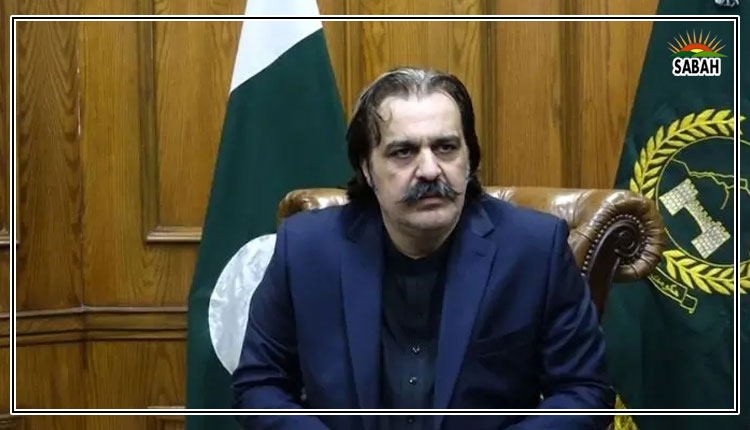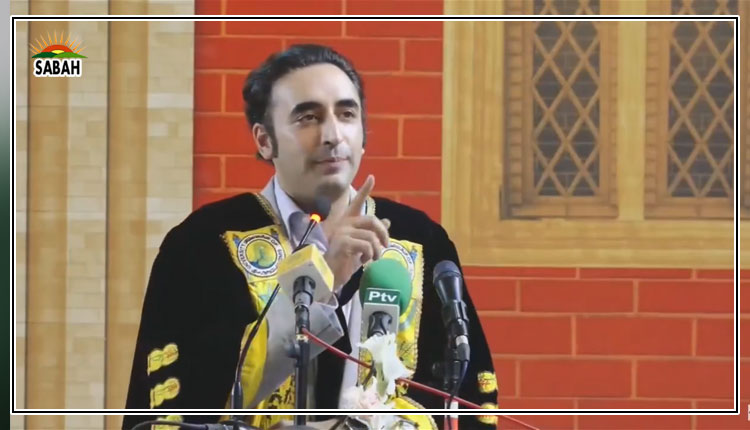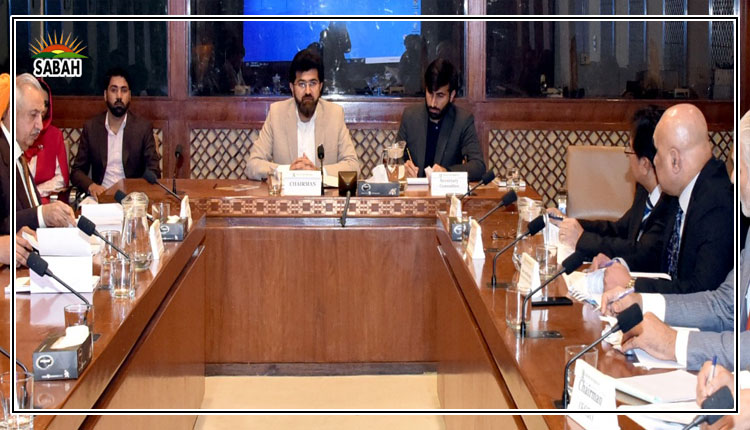From waste to wealth… Murk Larik
In the face of escalating climate change concerns, the need for sustainable solutions has become imperative. One such solution gaining momentum is the circular economy. By rethinking our traditional linear production and consumption patterns, the circular economy aims to reduce waste, conserve resources and minimise environmental impact. Our current linear economy follows a take-make-dispose approach, resulting in substantial waste generation and resource depletion. According to the Ellen MacArthur Foundation, only 9% of global resources are recycled, with the rest wasted or incinerated. This linear model contributes significantly to greenhouse gas emissions, with the production of goods responsible for around 45% of global carbon dioxide emissions.
The circular economy aims to replace the wasteful linear model by adopting three core principles: reduce, reuse and recycle. By implementing these principles, waste is minimized and resources are kept in circulation for longer periods. Circular economy strategies, such as product life extension, refurbishment and remanufacturing, contribute to waste reduction and resource conservation. Extending the lifespan of products through repair and maintenance reduces the need for new production and prevents unnecessary emissions. Janez Potocnik, Co-Chair of the International Resource Panel, emphasises the circular economy as an industrial system that is restorative by intention and design. It maximises value and eliminates waste.
Effective waste management and recycling are essential components of the circular economy. Recycling reduces the extraction of raw materials and the associated carbon emissions. The World Economic Forum estimates that a circular economy approach could save 700 million metric tons of CO2 emissions annually by 2025. The circular economy emphasises energy efficiency and the integration of renewable energy sources. By optimising energy use and transitioning to clean energy, circular practices contribute to mitigating climate change. The EUs circular economy package aims to improve energy efficiency, leading to an annual reduction of 147 million metric tons of CO2 emissions by 2030.
Circular economy principles extend beyond individual products and encompass entire supply chains. Adopting closed-loop systems promotes resource recovery, reduces waste and minimises carbon emissions. Franois-Michel Lambert, Member of the French Parliament, highlights the circular economy as a virtuous circle; we need to close the loop by bringing together all actors in the value chain.
Circular economy practices not only benefit the environment but also stimulate economic growth and job creation. The European Commission estimates that transitioning to a more circular economy could generate an additional 1.8 trillion by 2030 and create around 3 million new jobs. Technological advancements and innovation play a crucial role in advancing the circular economy. Emerging technologies such as 3D printing, Internet of Things (IoT) and blockchain enable more efficient resource management, waste tracking and product traceability. These innovations can enhance circular practices and contribute to climate change mitigation efforts.
The circular economy presents a viable and impactful solution to combat climate change. By shifting from a linear take-make-dispose model to one that embraces waste reduction, resource conservation and recycling, we can significantly reduce greenhouse gas emissions, conserve natural resources and create a more sustainable future. As stated by Dame Ellen MacArthur, founder of the Ellen MacArthur Foundation: The circular economy offers a vision of a future in which economic growth is decoupled from resource constraints and environmental degradation.
Courtesy The Express Tribune, June 8th, 2023.












